Written by Patrick Chavis
It was 2 pm, and I had driven all the way to Hollywood’s Sunset Blvd to interview Ingrid Garner. She’s a Cal State Fullerton graduate and the writer of the play Eleanor’s Story, a personal performance art reenactment of her grandmother’s biographical Eleanor’s Story – An American Girl in Hitler’s Germany. She performed it during the Hollywood Fringe at Theatre of Note in Hollywood. In an entirely solo performance, Ingrid managed to recreate her grandmother’s Berlin experience during the Nazi occupation.
This show was different. It wasn’t something Ingrid had just written. It wasn’t even just a real-life story. This play was a part of Ingrid’s family history, and that history flowed through her performance. After the performance, I waited outside the theatre until everyone had left. I told Ingrid who I was and that I had come from Orange County to review her show.
She was still in her costume while her producer and boyfriend Richard Maritzer worked in the background, packing up so they wouldn’t get fined–shows at the Hollywood Fringe, as well as most fringes, have a strict timeline that, if not adhered to, could have serious consequences. So, while I talked to Ingrid, Richard worked at filling a large wooden chest with props. “I knew from the beginning that I wanted the entire show to fit into a suitcase,” Ingrid said.
Ingrid planned to travel around the world’s Fringe Festivals performing this show. But the idea to use chairs and the trunk came from her director, Craig Tyrl. Tyrl realized that there was so much to be done with these items.
“We created structures with just two chairs and a trunk. I could create a bomb shelter, a baby crib, a dead body,” Ingrid said.
During the show, Ingrid threw things with impunity. Dropping, flopping, and pulling things all over the stage, the intense sounds stood in as auditory punctuation marks. The reasons for such minimization of the set pieces ultimately came down to three main factors: artistic, financial, and convenience.
A CHOICE OF CONVENIENCE
Convenience played a large part in Ingrid’s decision to put on a performance and strip it down to bare essentials, holding the key to how she wanted to live her life.
“I knew I wanted to find a place in the theatre world, but I didn’t feel like I had the gumption to drive up to LA every day.”
Ingrid questioned herself, wondering what so many of us wonder— “How can I do something that I enjoy doing? Where can I work with people I like?”
The solution seemed to present itself in the Fringe Festivals. So she decided to pursue acting in them and found herself working on several projects, one of them with her boyfriend, Richard.
“I went to the Winnipeg Fringe to run his tech (running the technical equipment in the show). Richard said, ‘You should write your own show!’ I said, ‘Well, what should I write about?’ and he said, ‘Oh my god, you have this amazing story that’s connected to your family, that’s really personal to you, it’s a WW2 story, and it’s perfect for dramatic adaptation’.”
 After that talk with Richard, Ingrid was inspired to write a play based on her grandmother’s book, Eleanor’s Story. It took her about a year to complete.
After that talk with Richard, Ingrid was inspired to write a play based on her grandmother’s book, Eleanor’s Story. It took her about a year to complete.
Nearly done packing by now, Richard walked up and joined in on the interview.
There was a very confident vibe coming from Richard. He was sporting a black bowler hat with a plaid dress shirt, casually left open.
“I’ve been doing Fringe Festivals for over 15 years, and I realized that the show made for perfect fringe,” Richard explained. Ingrid wanted to travel the world, and Richard knew adapting Eleanor’s Story was the way to do it.

“This really is a unique story. It isn’t something you’ve seen in every movie. It shows what it’s like to be an innocent in any war situation and what you have to deal with as a family. It’s not part of the political process; it’s just what you’re in the middle of, and we don’t get a lot of stories like that from WW2 or anywhere else.”
Richard explained that he was so grateful that Ingrid’s grandmother survived so that she could pass the story on.
While I was listening to Richard explain the importance of her story, it dawned on me how many stories of equal value are lost and destroyed by the horrors of war. I realized the courage it must have taken for Ingrid’s grandmother to speak out and not want to hide those life-altering experiences. War is hard enough to talk about for those who haven’t experienced it. It must be almost impossible for those right in the middle of it. It seemed that much of the decision to put on Eleanor’s Story originally stemmed from convenience. The perfect dramatic story for years to come was sitting in Ingrid’s lap. All she needed to do was reach out and grab it. However, none of that diminishes the bravery it took to look past self-pity and take a chance. Ingrid shared a personal and important reminder –war deals in people, not politics.
TAKING THE SHOW ON THE ROAD
“The first fringe I went to was in Australia. I went to the Perth and Adelaide Fringe Festivals. Adelaide is the second-largest theater festival in the world. I was competing with a thousand shows, which was daunting, but it did well, especially critically.”
 In the beginning, Ingrid wasn’t sure that a show about WW2 would appeal to a group of Australians, given that the story is mostly about Germans and Americans. She learned right away that there’s a huge German population in Australia, and many of them showed up.
In the beginning, Ingrid wasn’t sure that a show about WW2 would appeal to a group of Australians, given that the story is mostly about Germans and Americans. She learned right away that there’s a huge German population in Australia, and many of them showed up.
As it turns out, the show affected them deeply. Children of people who had lived through WW2 came up and told her they felt inspired to ask their grandparents and parents about their experiences. According to Ingrid, this was the best part, knowing that her show was having an impact even in Australia. But despite the audience’s overwhelmingly positive response, Australia’s Fringe still had its trials.
The weather was a scorching 106 degrees, and with barely any air conditioning, Ingrid was performing inside what was basically a circus tent. Then there was the issue of noise pollution from outside sources. The other performing venues were approximately five feet away from her tent, leaving Ingrid to concentrate on acting while blaring techno music played in the background.
“I feel it prepared me. I can do this show in any circumstances,” Ingrid stated.
But what about finances? I thought. How could someone possibly afford to travel and put on these shows? “It’s not an easy life, but it does pay the bills,” Richard explained. “You use credit cards, whatever it takes to get there.” He mentioned they might start to use a Kickstarter campaign – a common way to raise funds for private projects. However, you can use Kickstarter for smaller projects. For the Canadian Festivals, Richard explained that you only pay about six or seven hundred dollars, and if you’re in the festival, then it’s just airfare to get there. On the other hand, Edinburgh is the big one, and it costs about 20 to 30 thousand dollars to do it correctly with publicity, room, and board. Australia isn’t as pricey, but the airfare is about 2,000.
Yet Ingrid and Richard remain undaunted. “I’ve toured, and it pays the rent. I’m not driving a Mercedes,” Richard laughed, “but it does pay the rent.”
Richard explained to me that there had been a couple of years when they had gone to Australia, the  Adelaide Fringe Festival, and not broken even. “But,” he continued, “when you go to Edinburgh Fringe Festival in Scotland, you go there knowing you’re going to lose money because it’s more of a trade show. When you’re going to Edinburgh, you’re trying to get tours out of it so people who are going to see shows will book you on tours. That’s the way to make the serious money”.
Adelaide Fringe Festival, and not broken even. “But,” he continued, “when you go to Edinburgh Fringe Festival in Scotland, you go there knowing you’re going to lose money because it’s more of a trade show. When you’re going to Edinburgh, you’re trying to get tours out of it so people who are going to see shows will book you on tours. That’s the way to make the serious money”.
Richard had a particular fondness for the Adelaide Fringe because of its tendency to be more of a social party. “The parties go on until three in the morning every night, the whole city pumping with craziness. Edinburgh is enjoyable but overwhelming.”
As they continued to travel, Richard and Ingrid became more familiar with the Fringe Community’s tightly-knit group of people.
Richard described the experience as something akin to being at a summer camp for adults because you keep running into the same people all over the world. “Whether it’s in Australia or the UK, it’s a homecoming every time I see them again.”
CONTINUING A LEGACY
Theatre is active. It’s in the moment. It’s visceral. You can, of course, record a theatre performance, but it’s not the same; it’s devoid of what makes theatre both special and impactful. It’s that age-old comparison of “knowledge vs true experience.” Perhaps that kid who has studied to death does know more about Woodstock than some old hippie who actually went. I’d still rather talk to the hippie. But there is a definite downside to theatre-once it’s over, it’s over. There is a very specific deadline. Even if they bring the show back, it is never quite the same.
You might have the same feelings, they might even perform the show better than you remember, but it is never the same show. The feeling you get from watching or performing a show stays with you, and I imagine it’s even harder for someone like Ingrid, who is so close to her material. But Ingrid takes it with so much grace.
“I feel like it’s the magic of theatre. I probably can do this for another 10 or 20 years.”
She means it. When asked about the passage of time, Ingrid explained that even though she’ll age, it won’t change the show’s dynamic too much—which is, of course, intentional. Ingrid has seen performers that were 50 and 60 years old playing 10-year-old kids. So, she doesn’t see age as an issue in performing the show. “It would be very difficult to give this up, but it’s not in my sights. I don’t even want to think about it yet.”
Ingrid’s biggest supporter and most critical person has been her grandmother, Eleanor Ramrath Garner.
When Ingrid first spoke of the project to recreate her grandmother’s books, Eleanor apparently said, “Great,” but Ingrid could still tell there was doubt in her voice.
I hope that Eleanor is breathing easier now. With rave reviews from the Adelaide Fringe, Hollywood Fringe, and undoubtedly many more on the horizon, I believe Ingrid’s grandmother can rest assured that her valiant story will live on in the actions of her talented granddaughter.







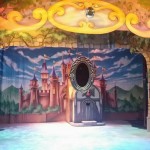


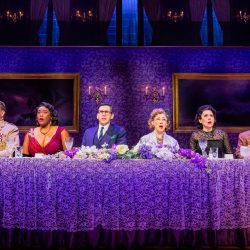
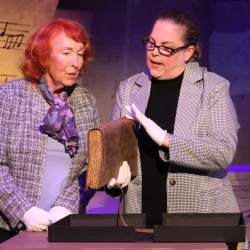
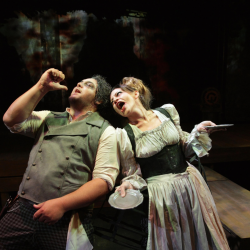
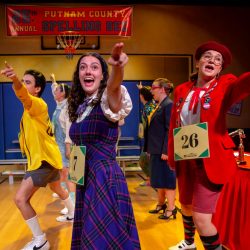
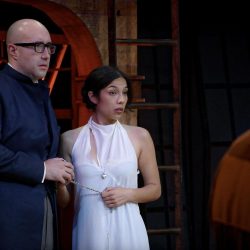
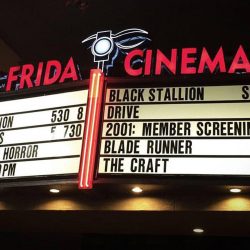
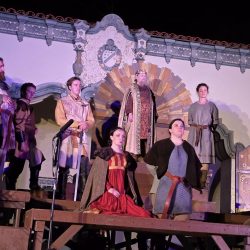
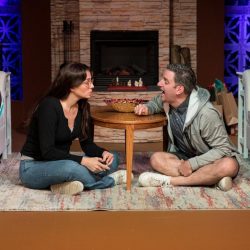

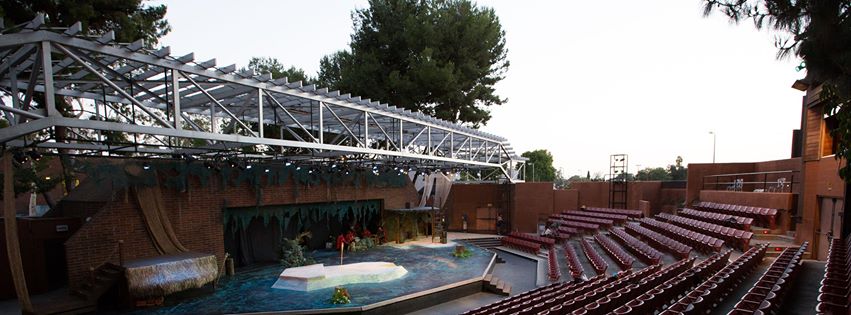
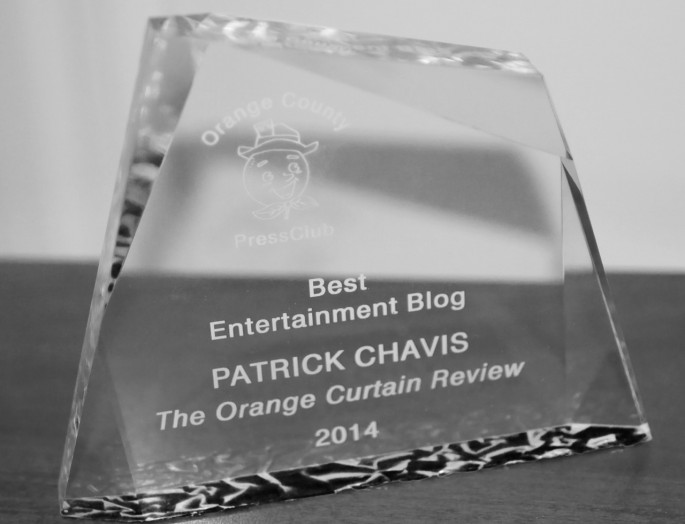
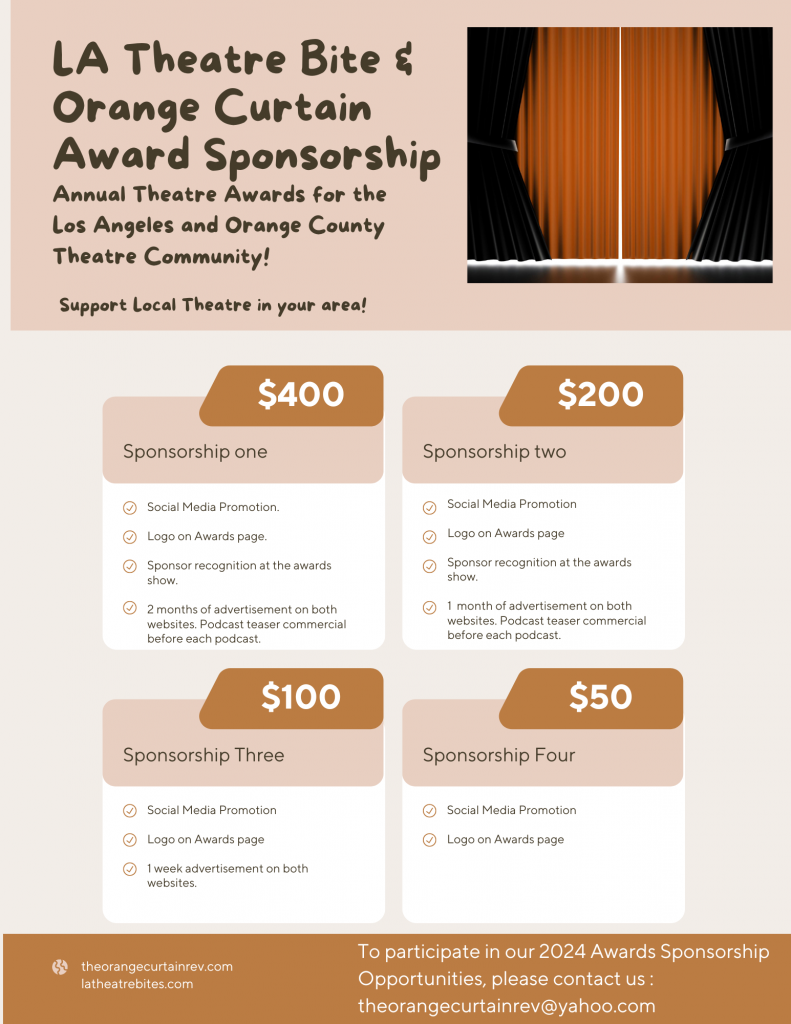
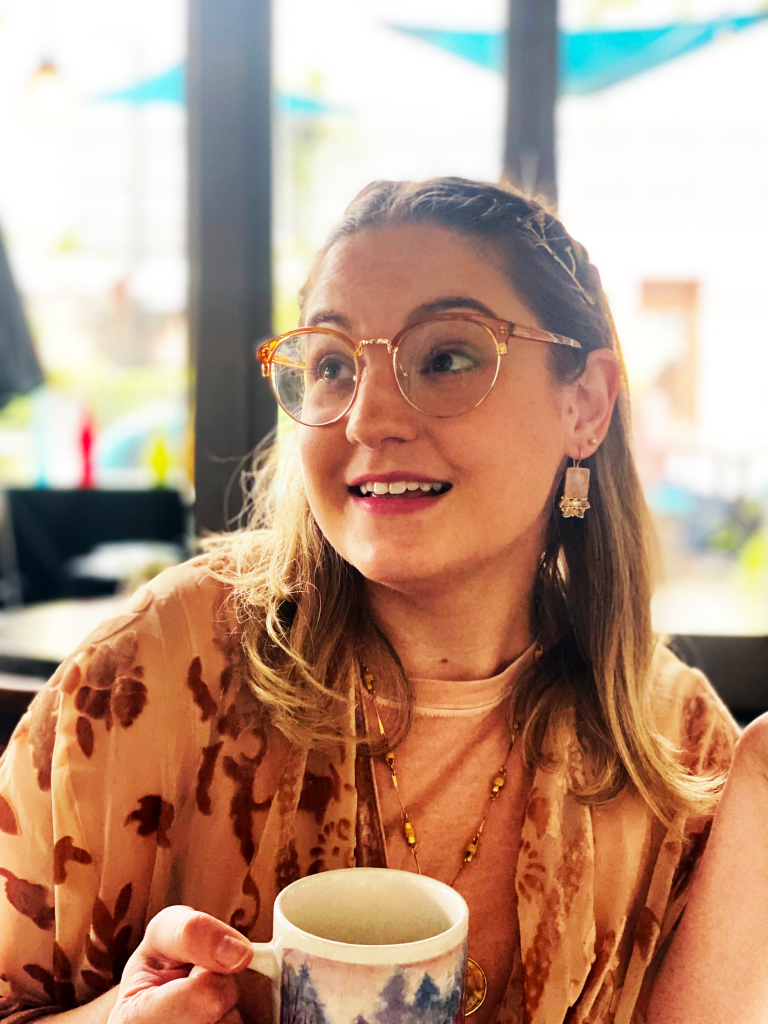
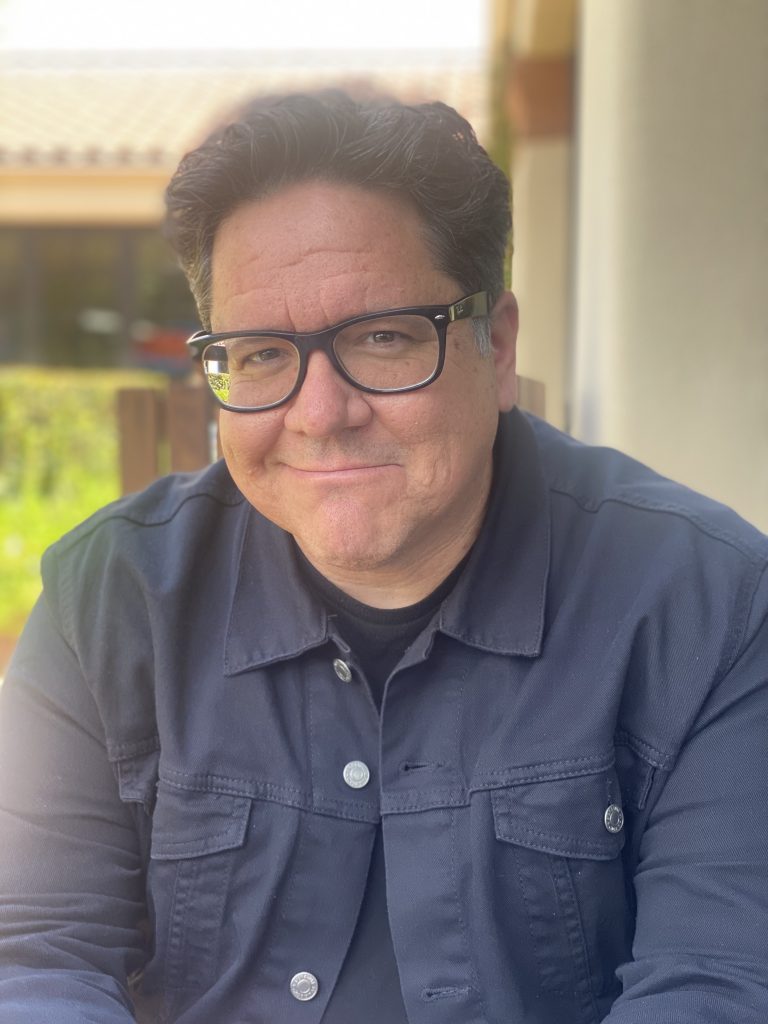

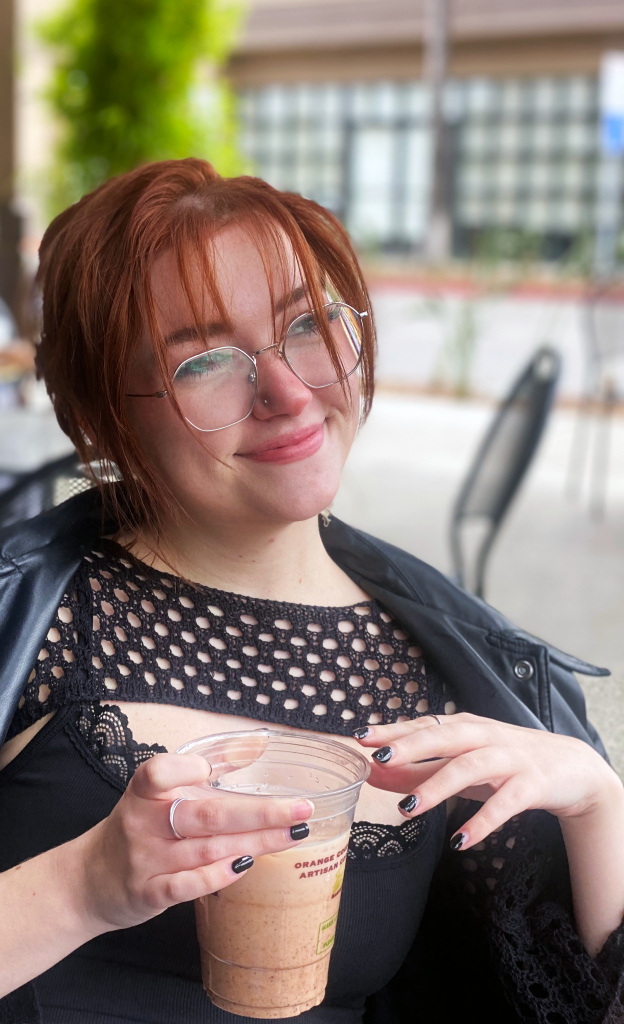
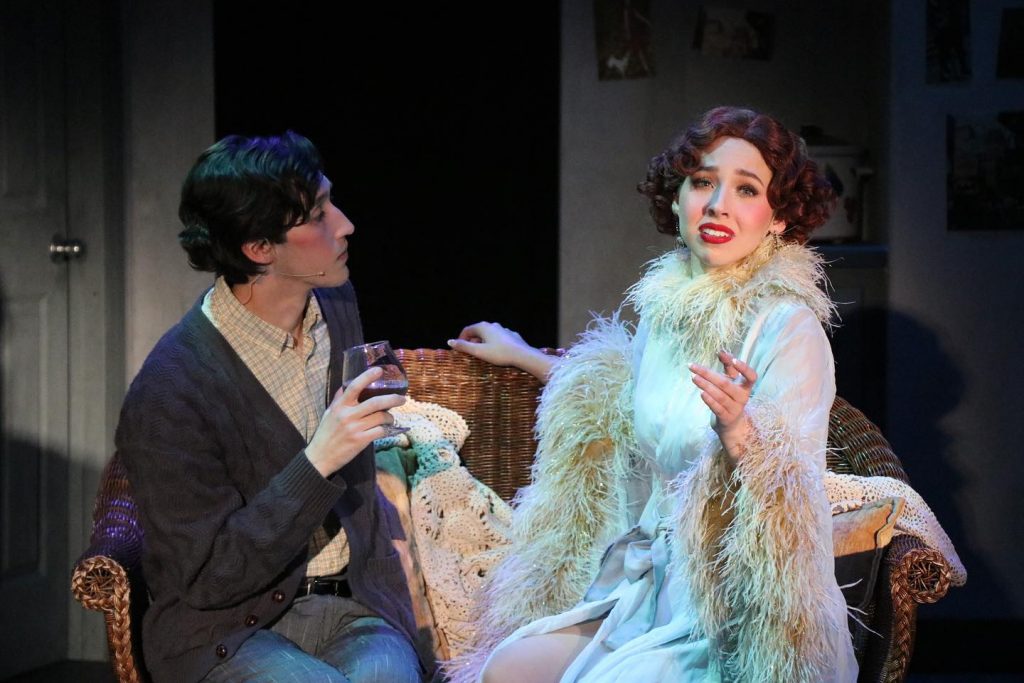
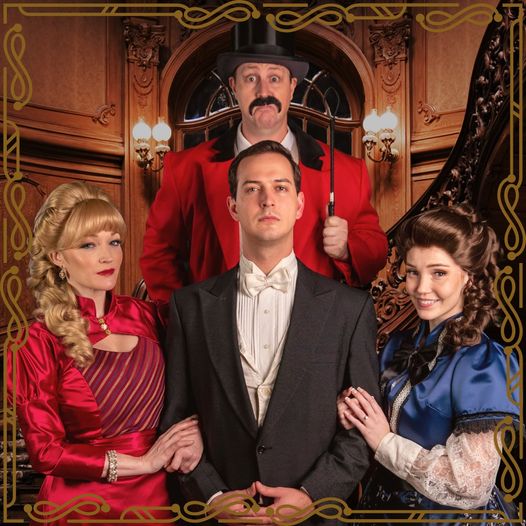
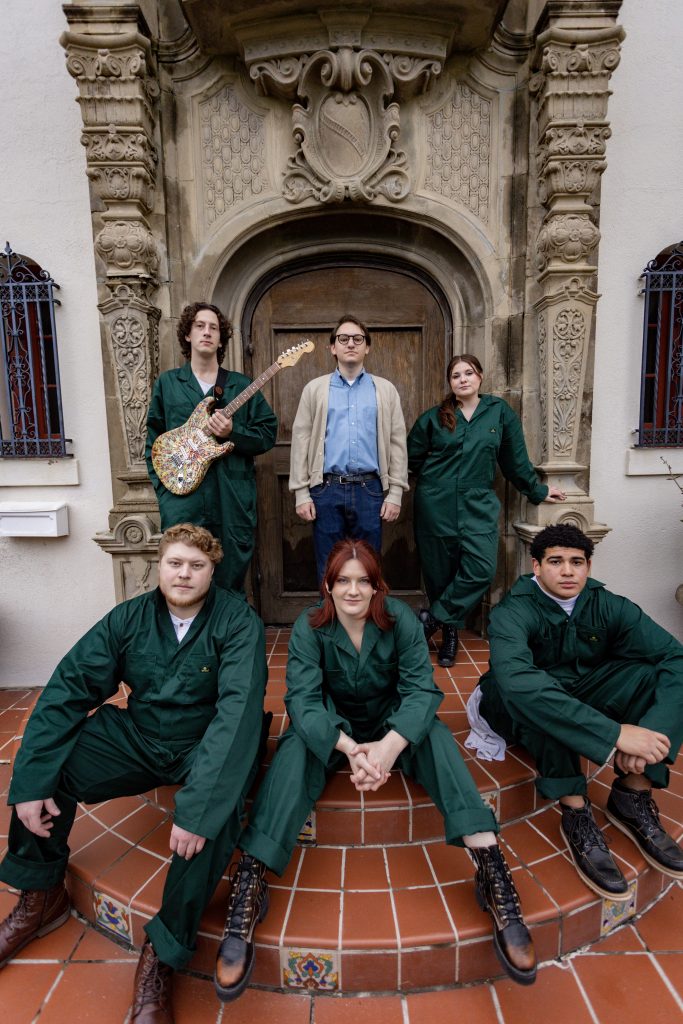
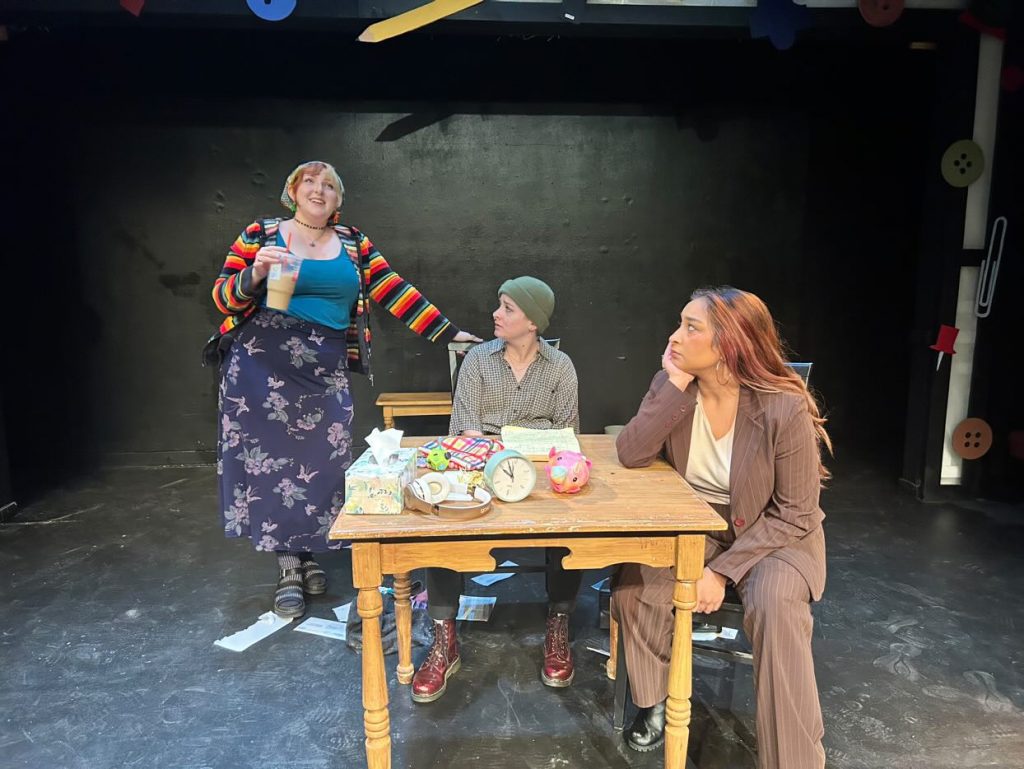
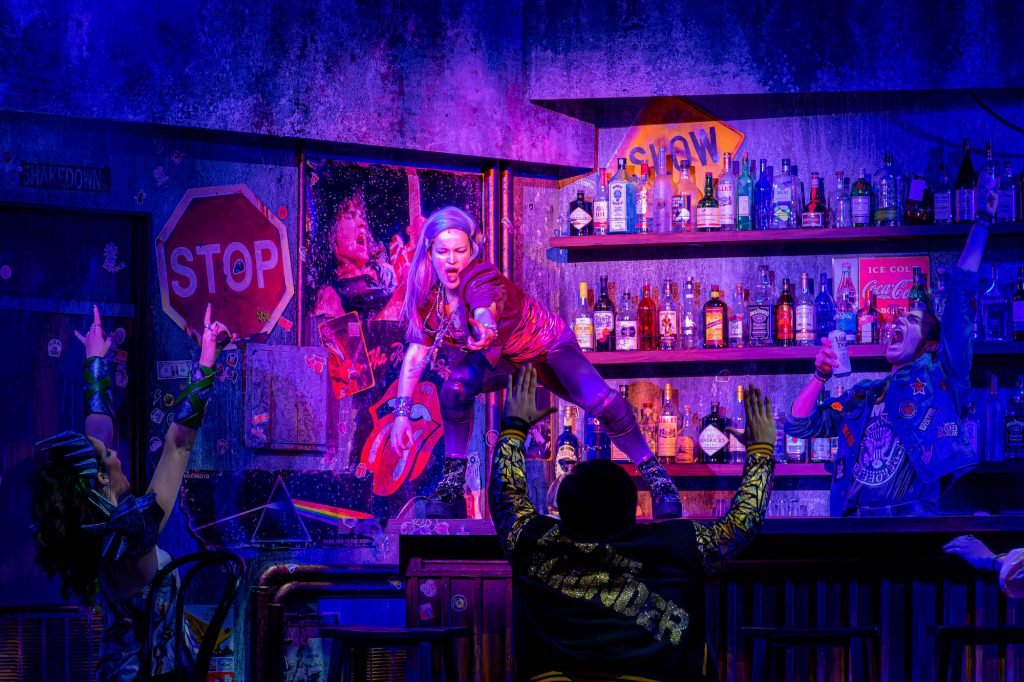
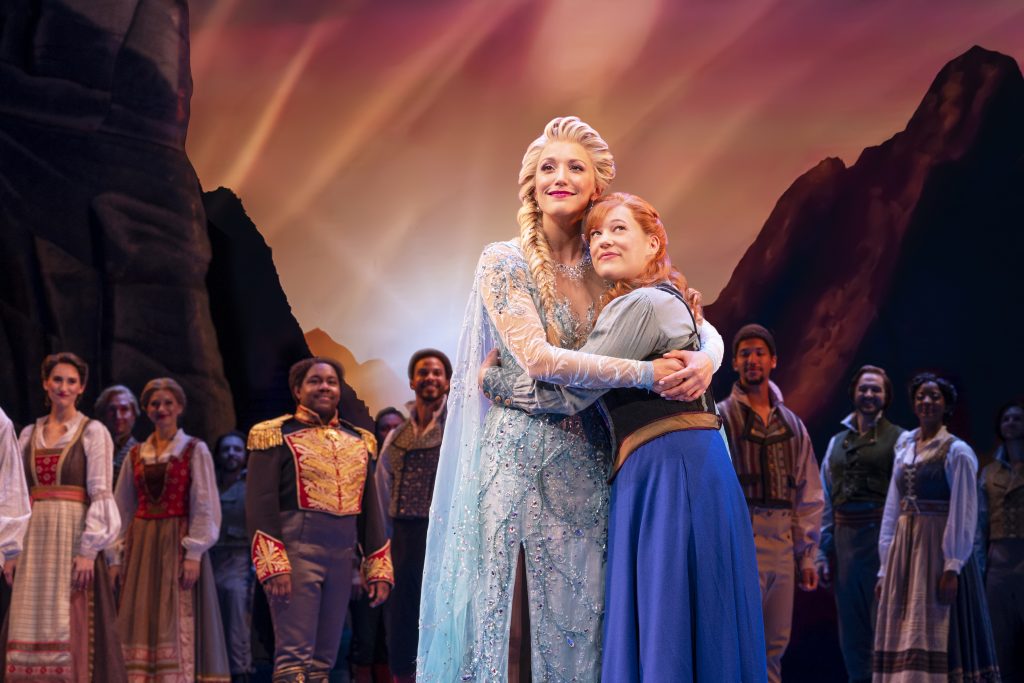
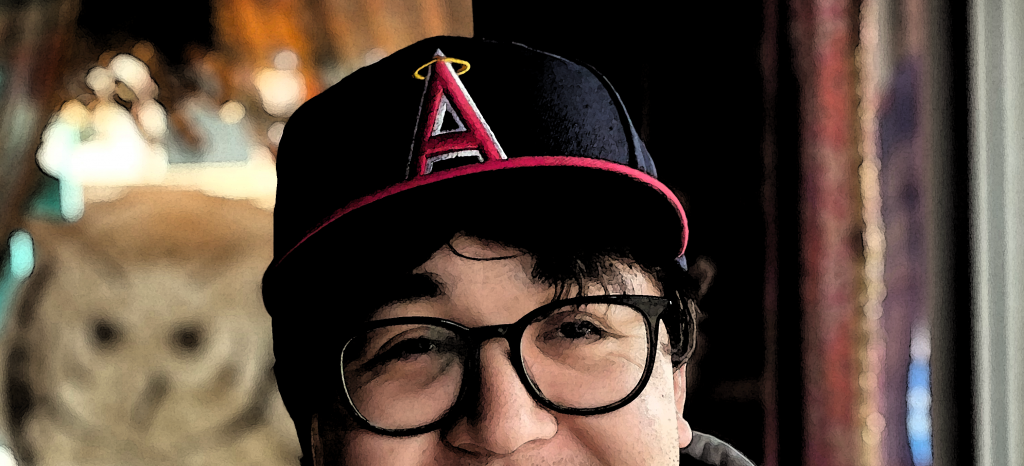
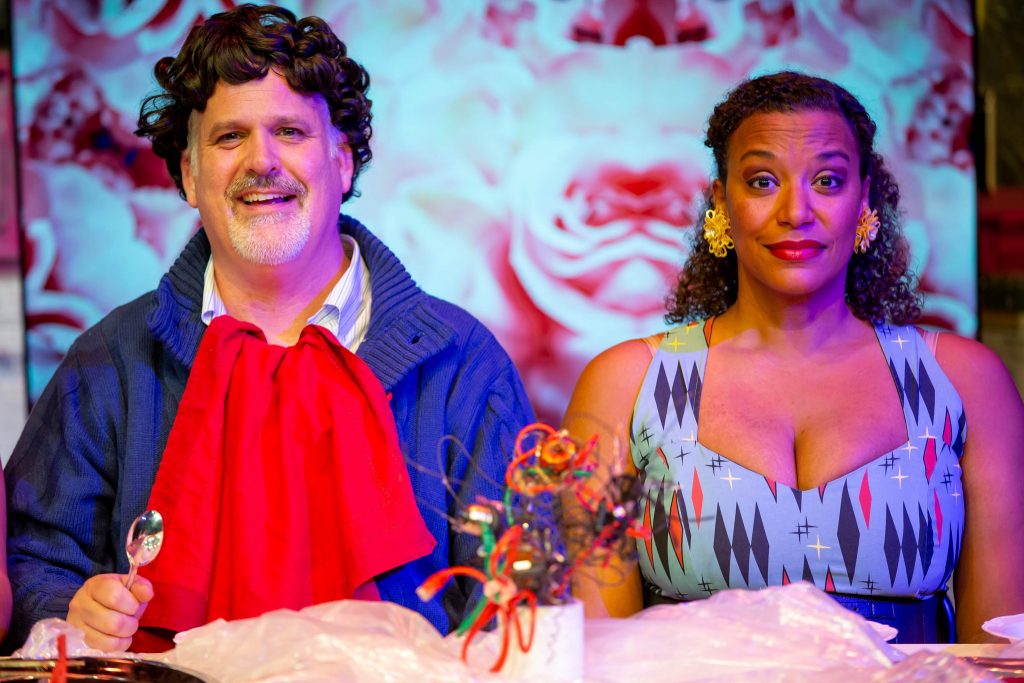
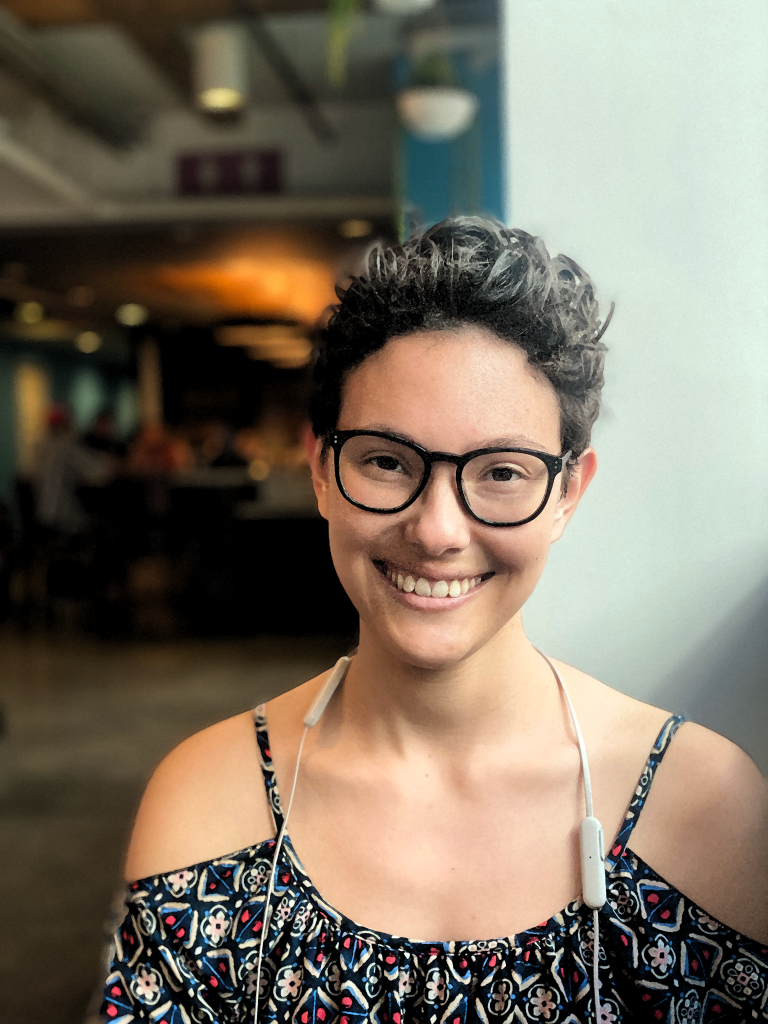
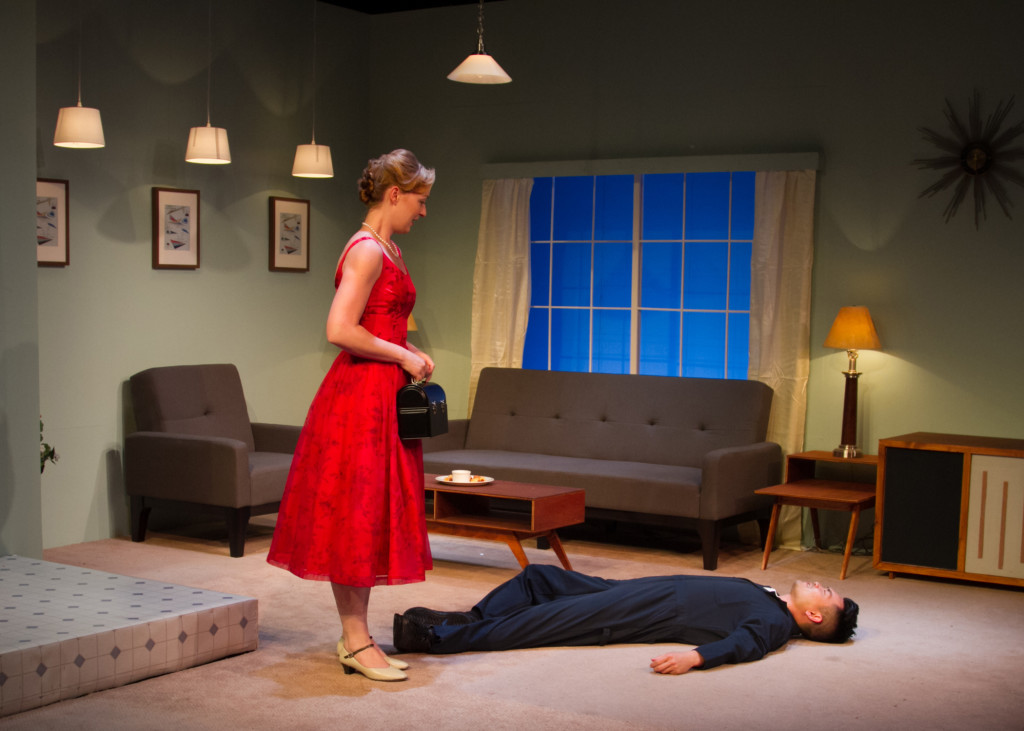
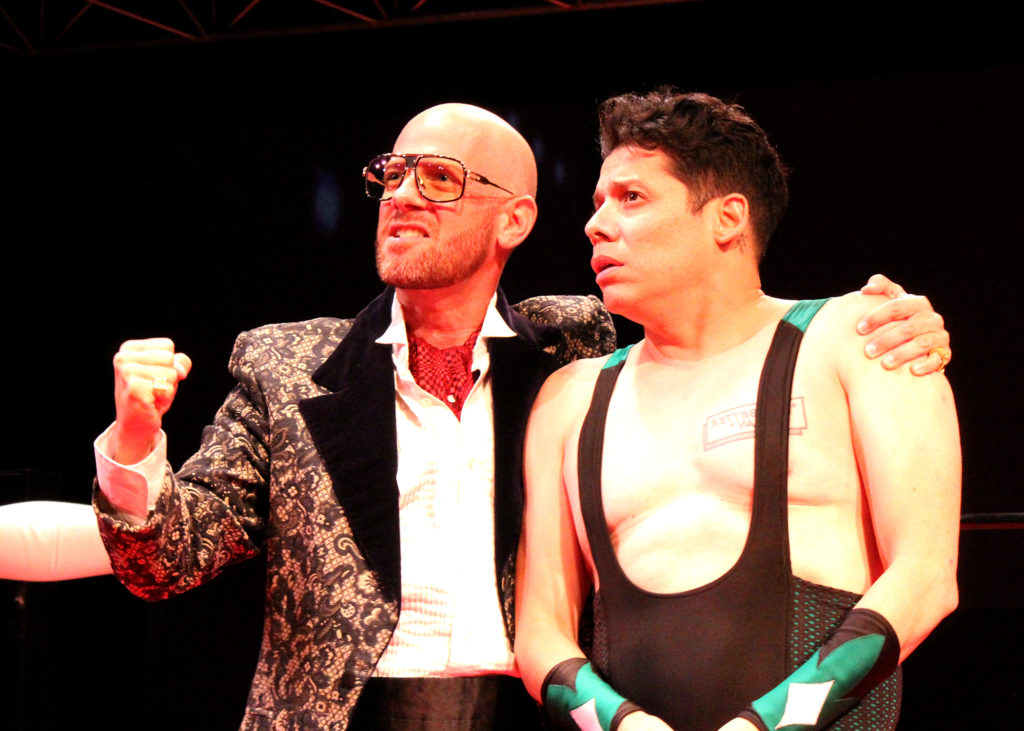
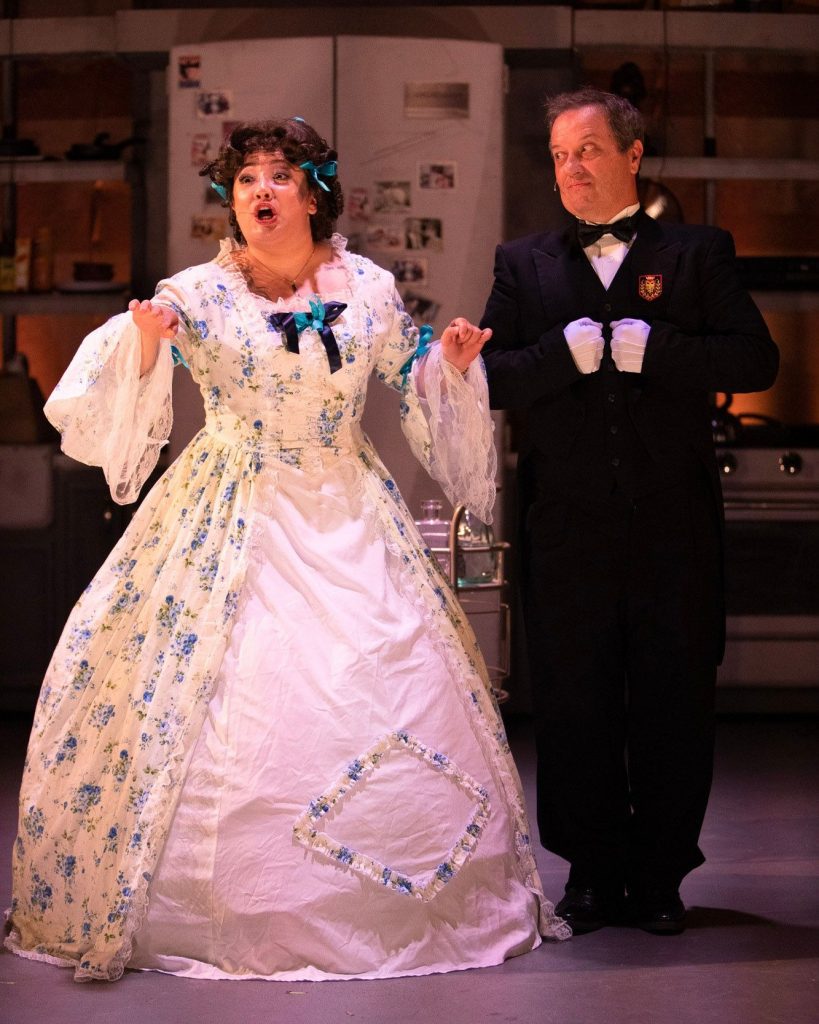

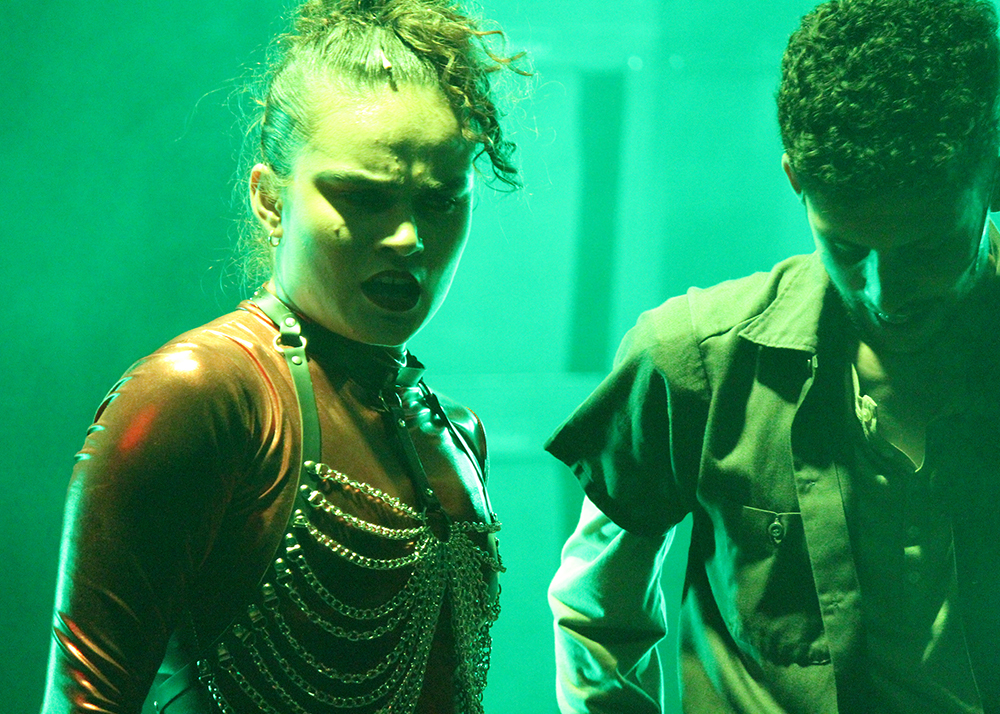
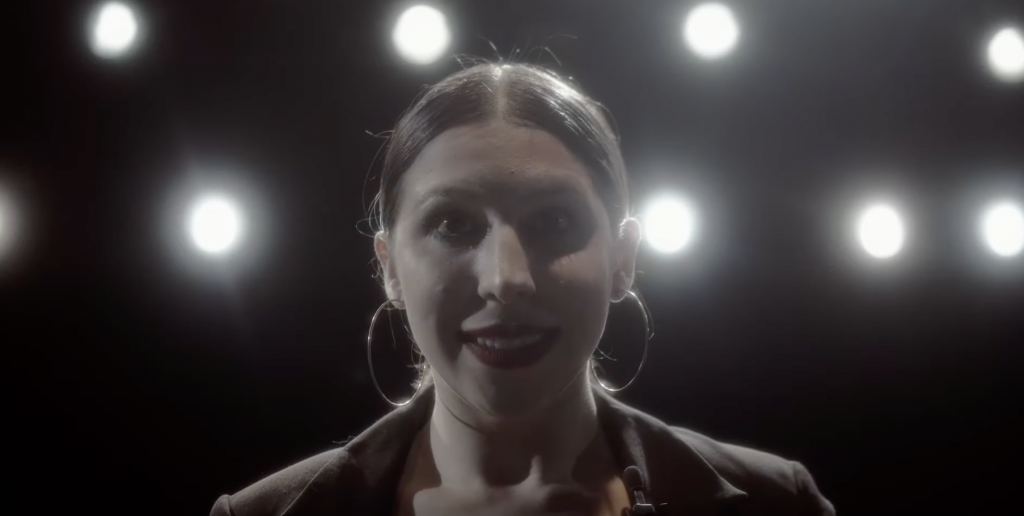
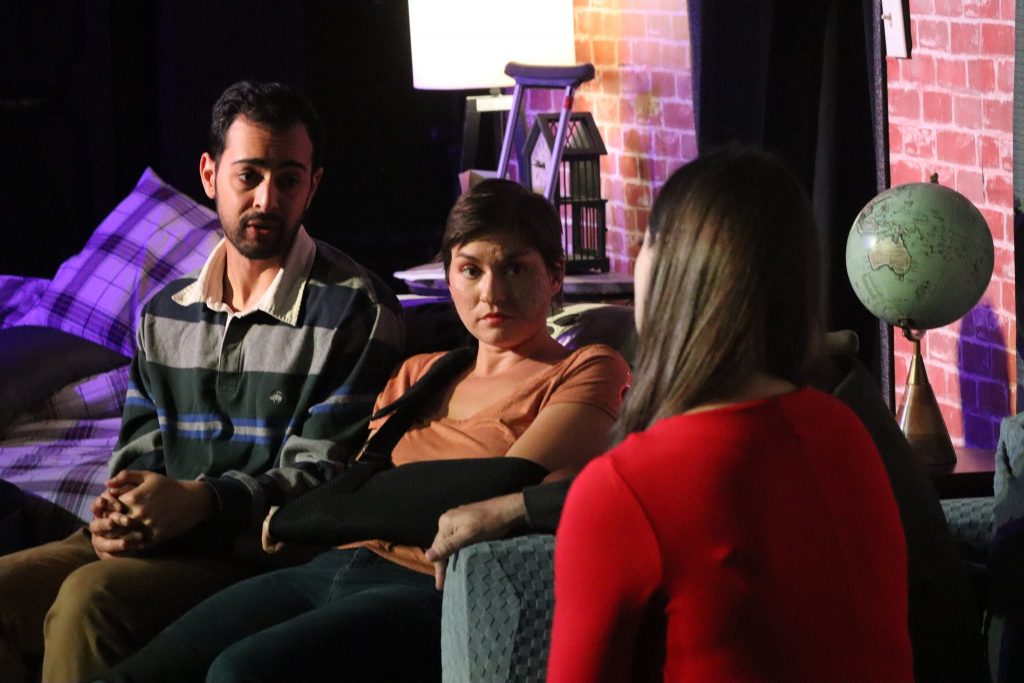
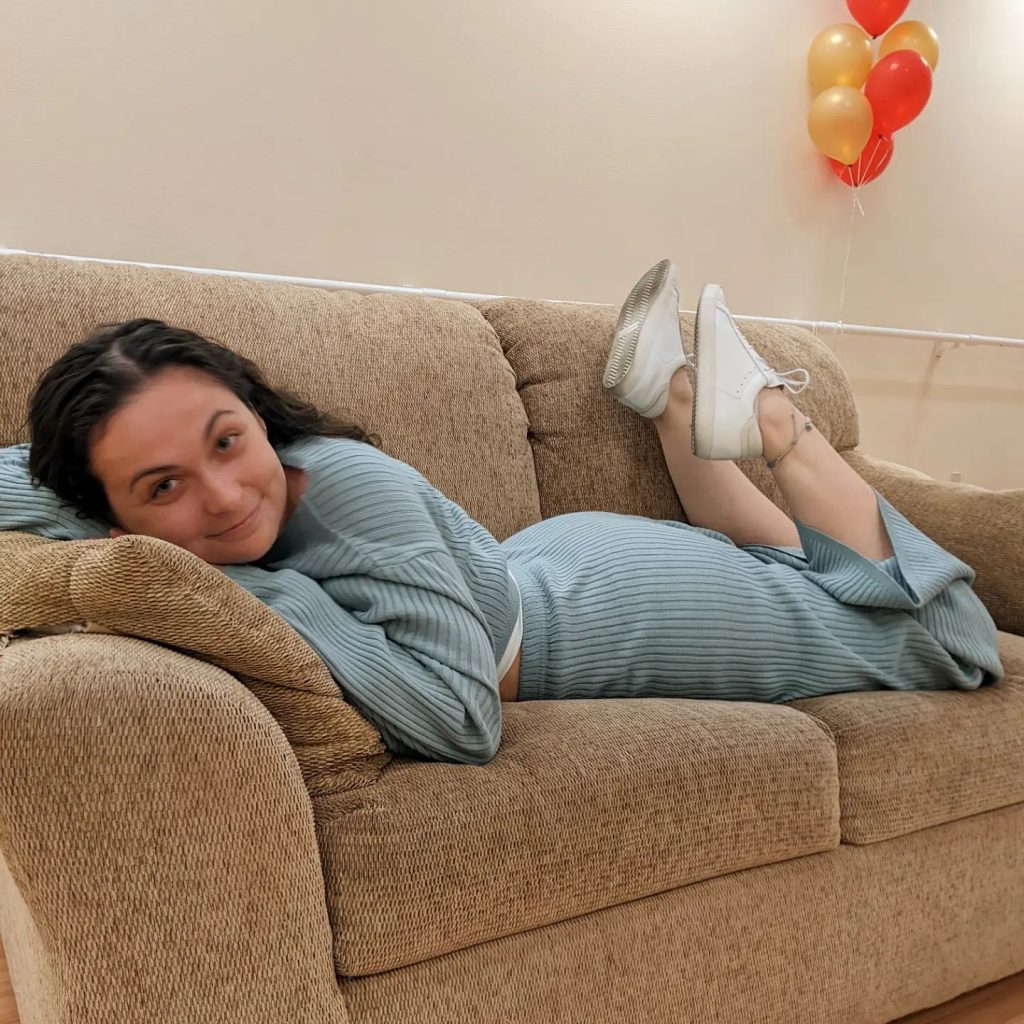
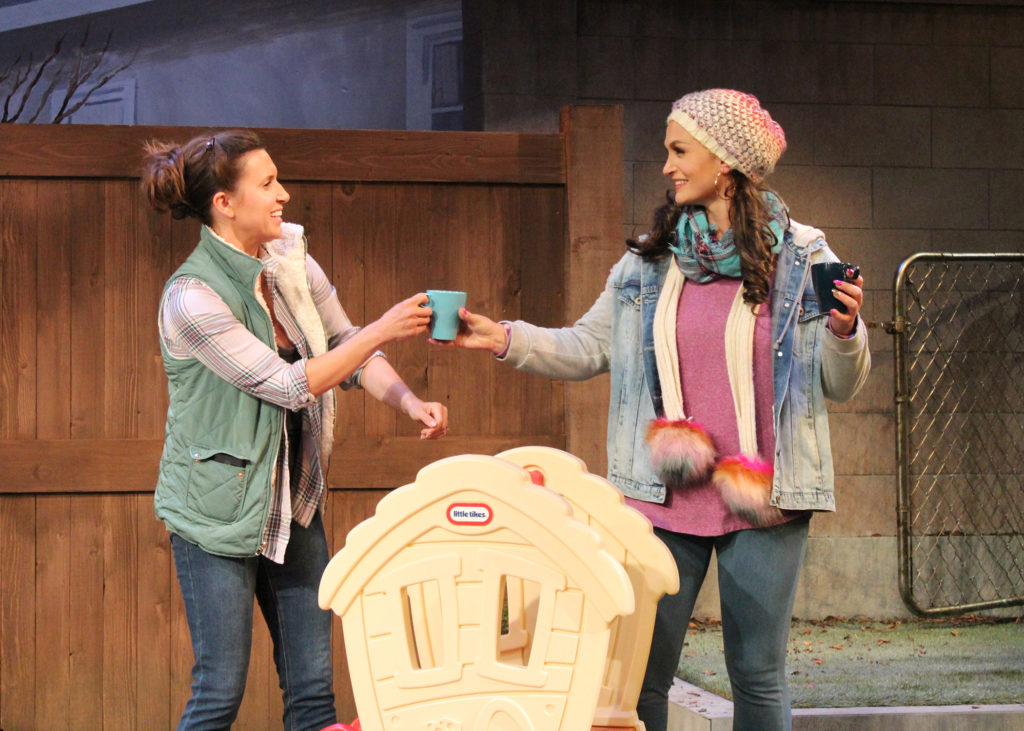
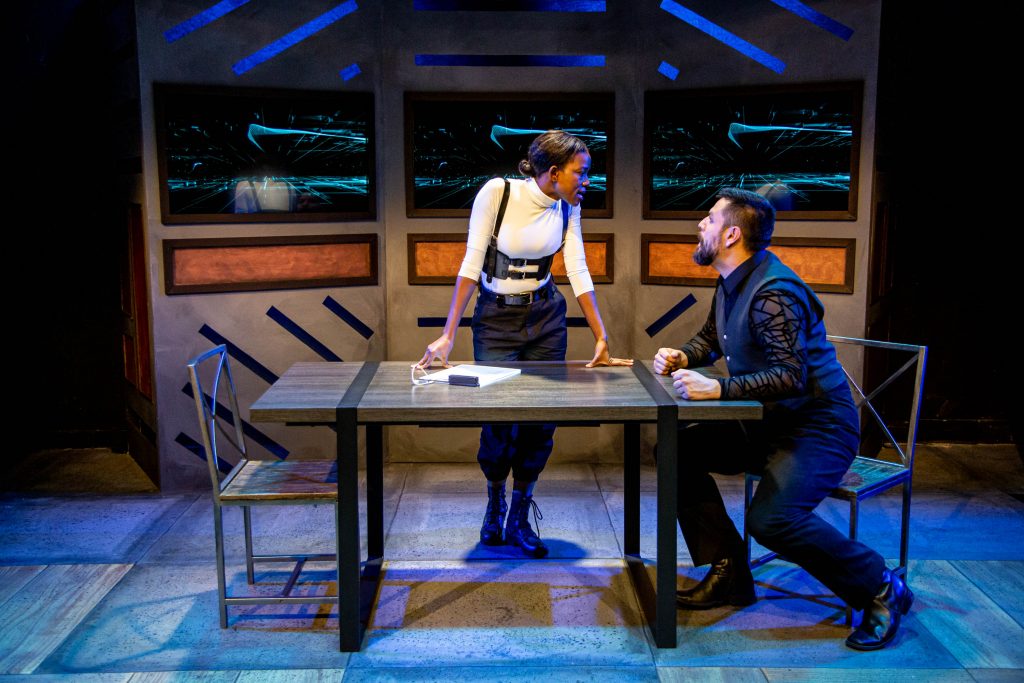
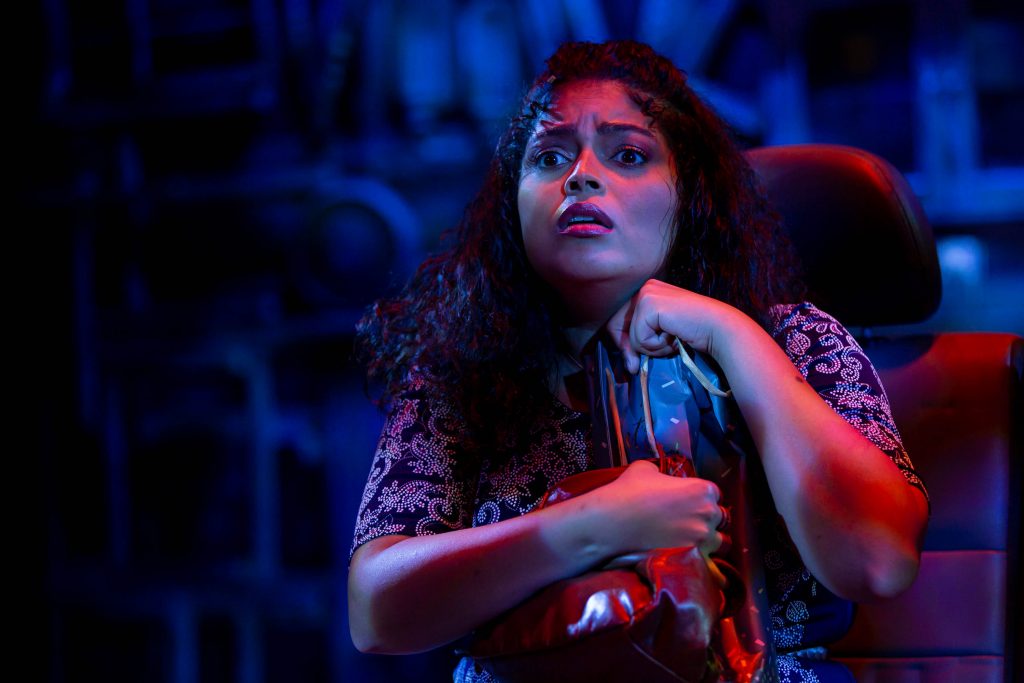
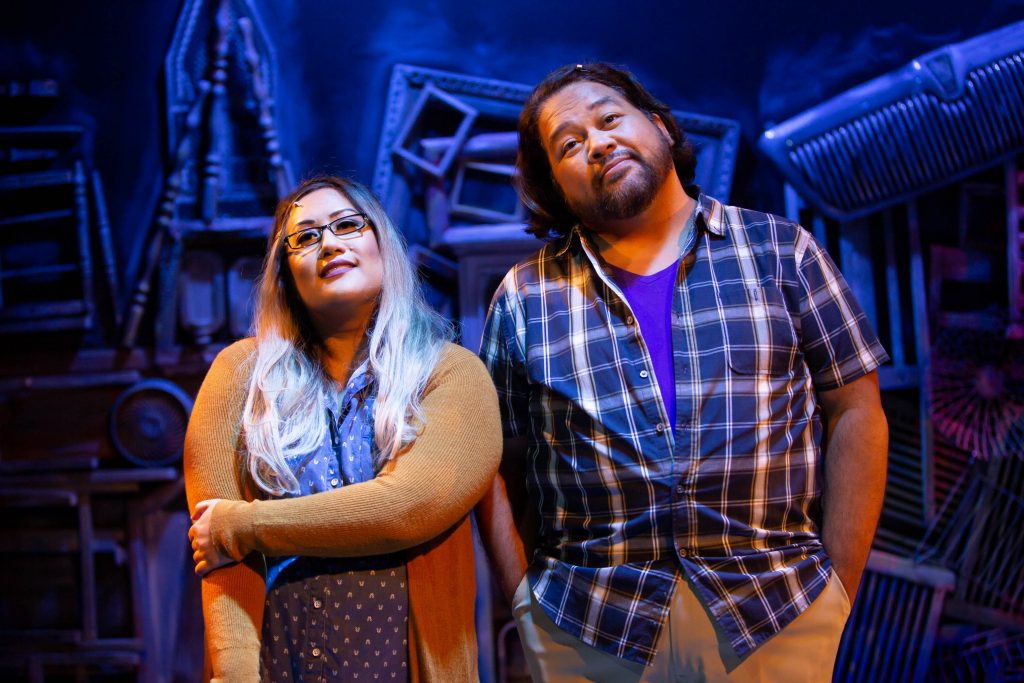
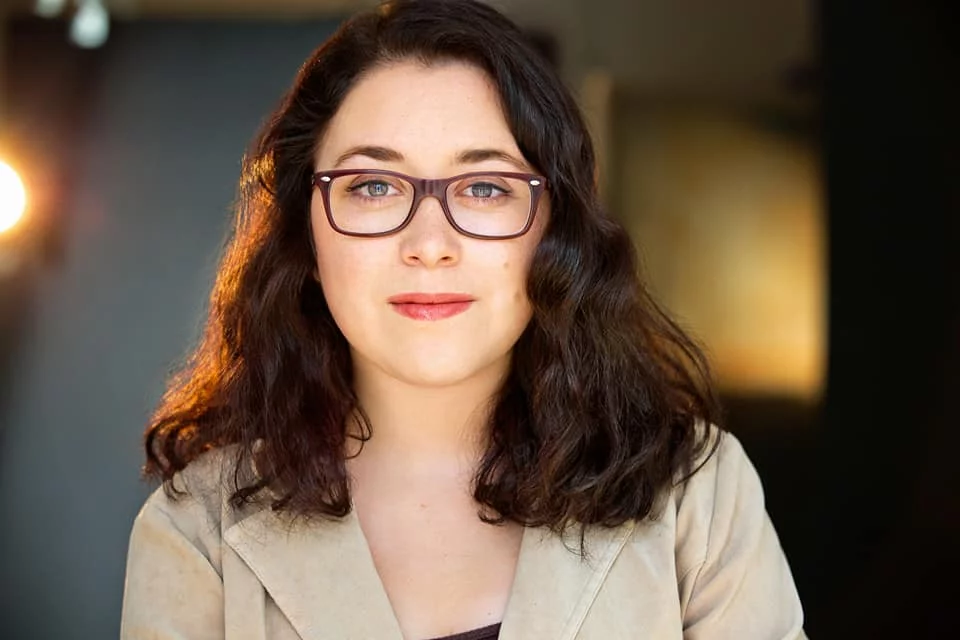
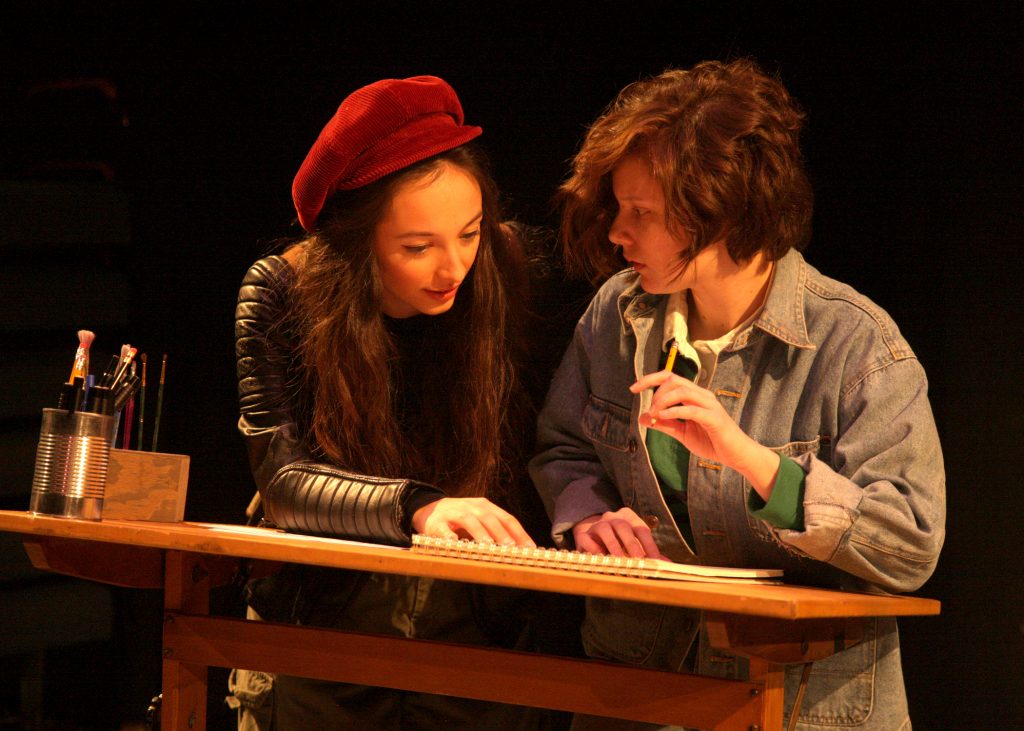
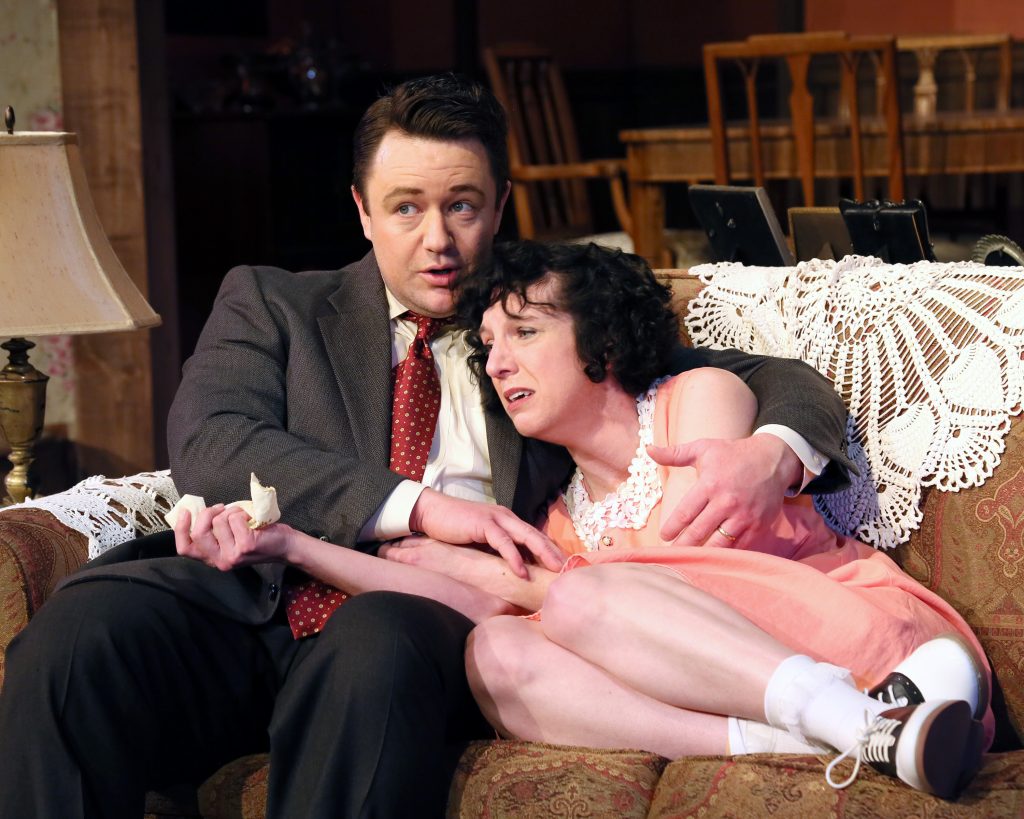

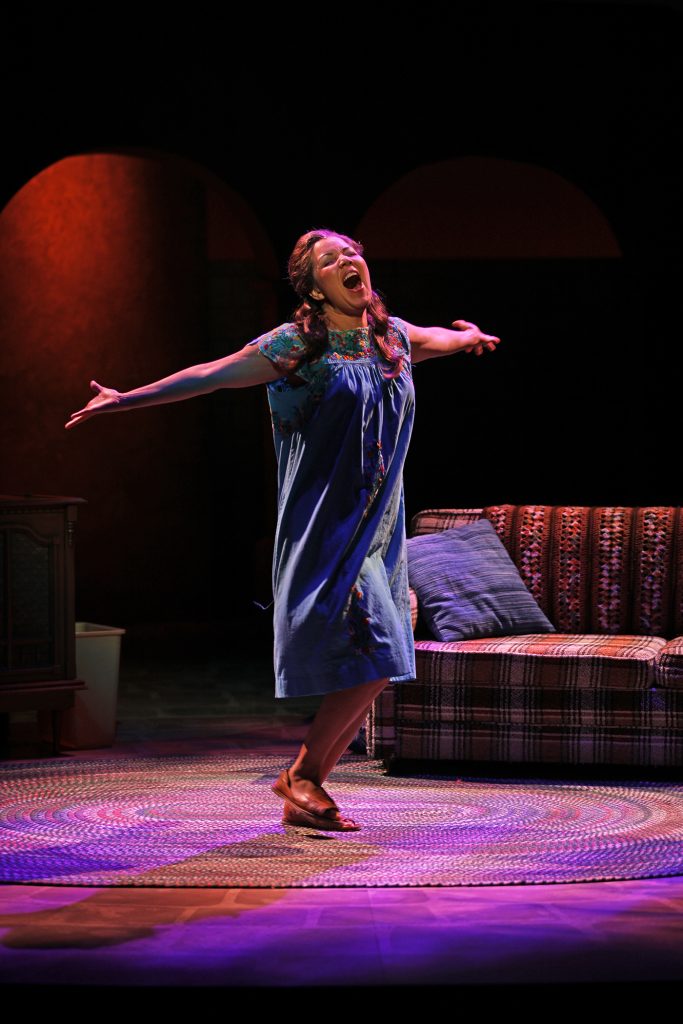
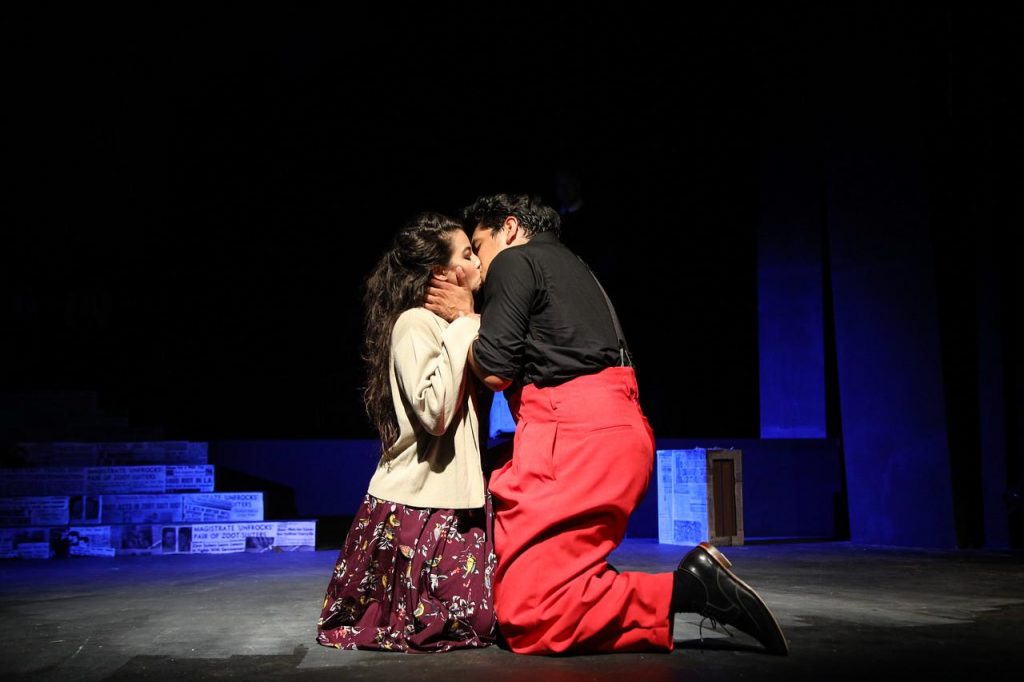
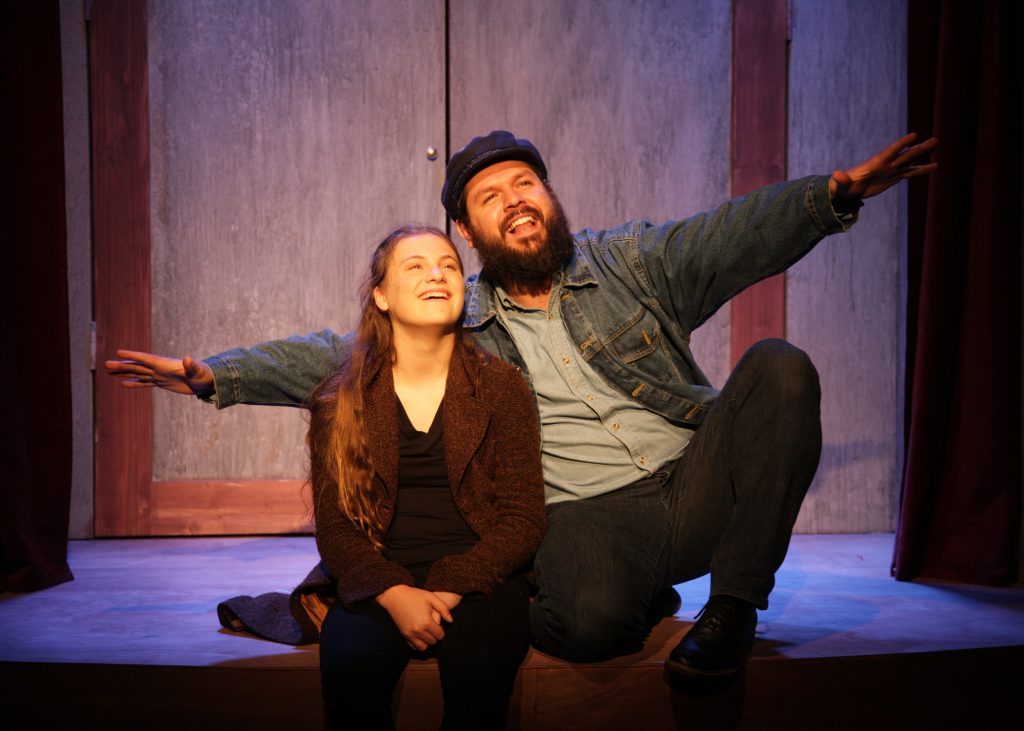
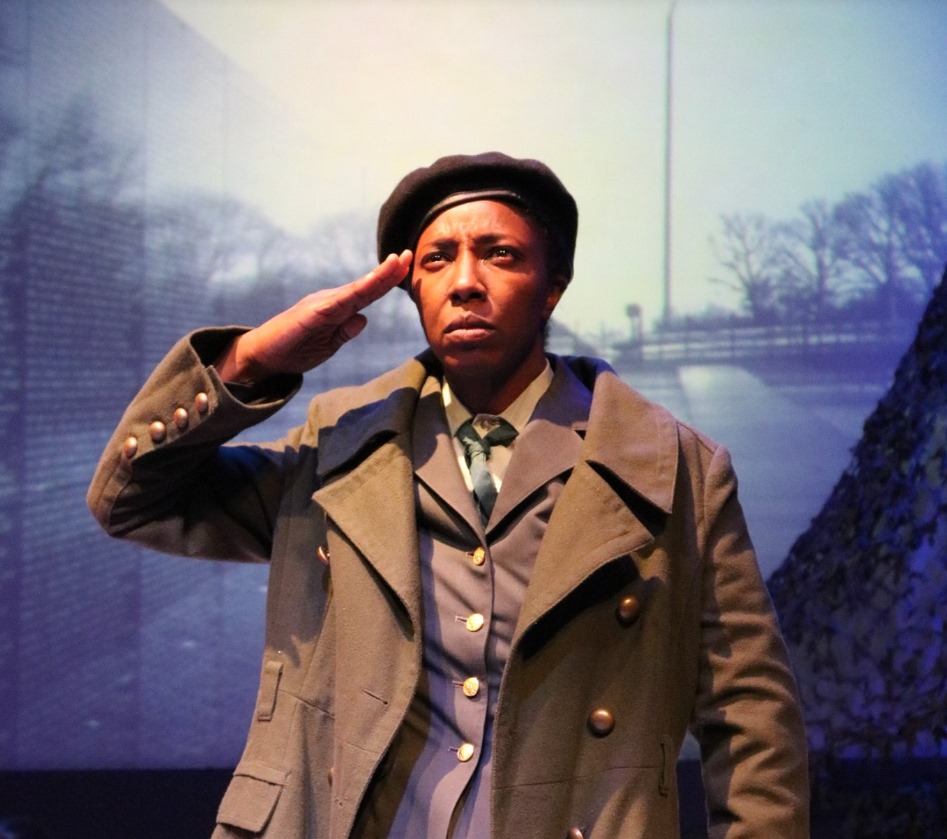
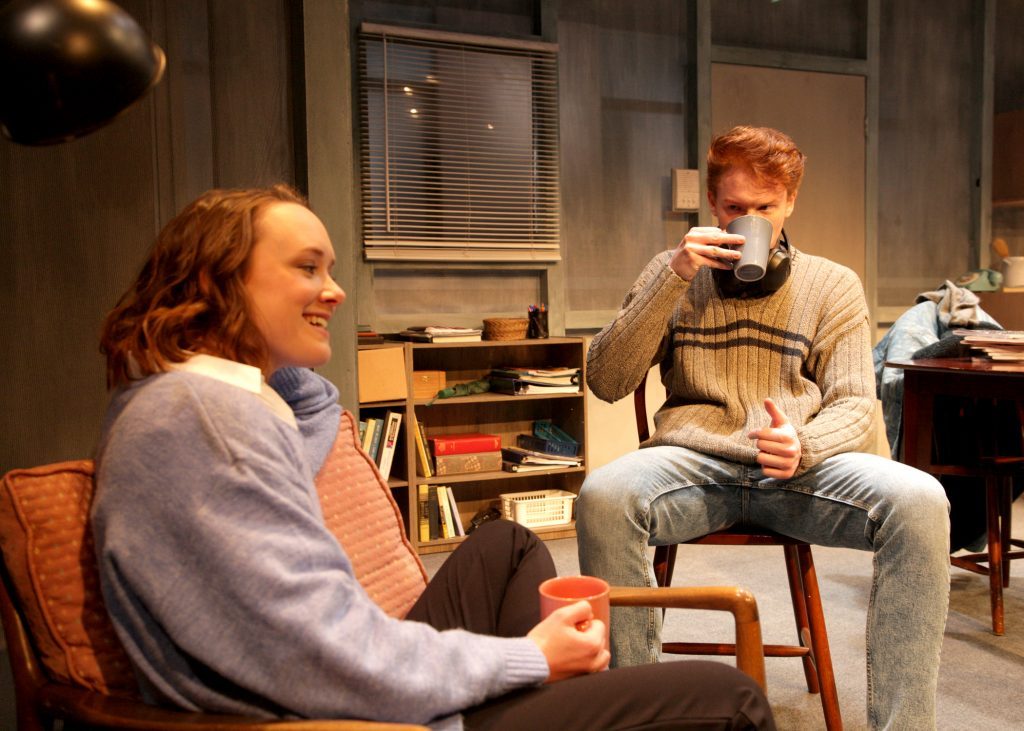
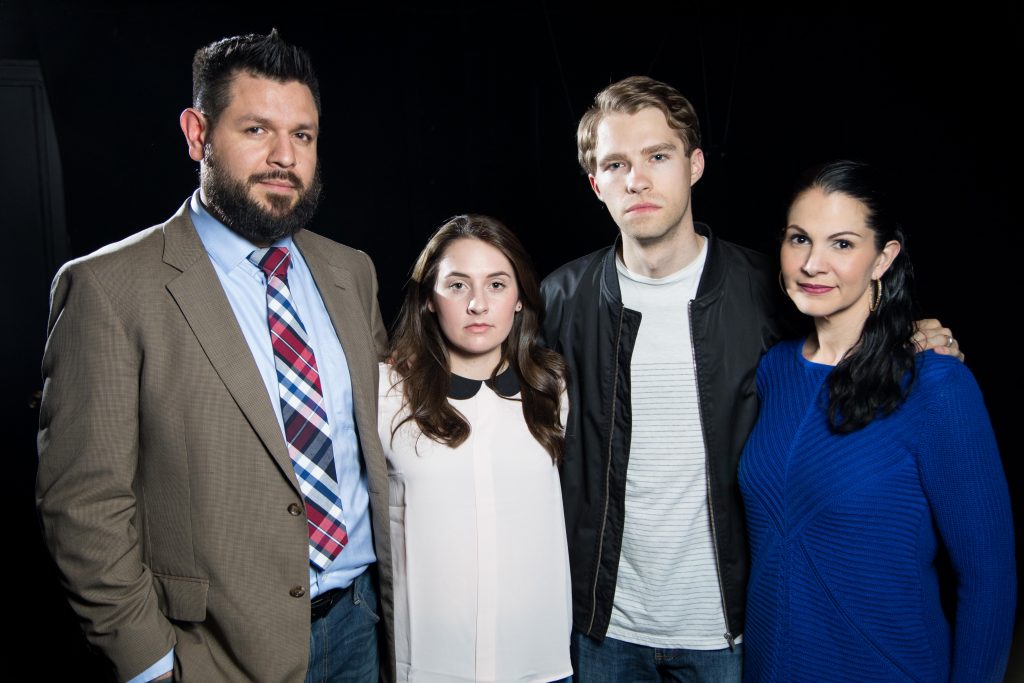
Thank you for the wonderful piece on Grace McLean by Zack Johnston!!